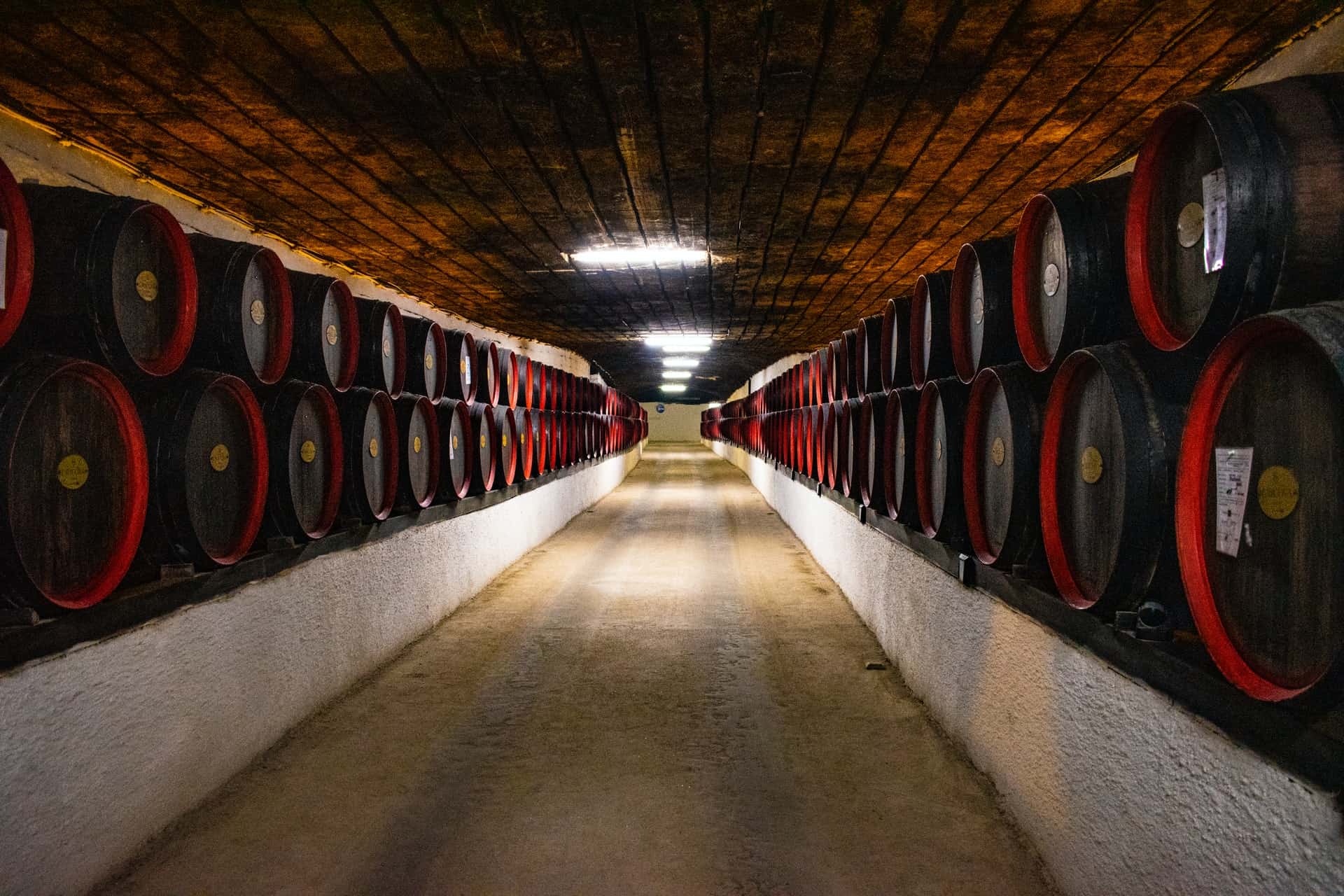
THE 5 KEY THREATS TO AUSTRALIAN WINERIES – WHAT TO DO? (part 2)
To recap, threats were:
1.Demographic shift in consumer base
2.Reduced cellar door and restaurant sales
3.International trade tensions
4.Increased emphasis on e-commerce
5.Changing values of consumers
1.ONGOING DEMOGRAPHIC SHIFT OF CONSUMERS
Wineries must understand and deal with this. Key is to capture the younger drinkers. My article WINERY CHALLENGES, COVID and THE NEW 4 MARKETING “Ps” gives a framework for dealing with this. For instance, declining cellar door sales can be counterbalanced by targeted use of social media, including influencers, or by partnering with organisations and causes attractive to younger consumers in your location, to improve web site on-line sales. Smart use of social media, to exploit the COVID created heightened need for local community engagement, could improve local on-line sales.
- BE PREPARED FOR THE FUTURE
It would be foolhardy for wineries to ignore these threats (and other future shifts). They should regularly evaluate the potential impact, prepare high level scenarios, and take appropriate action if considered necessary. For example reduce over dependence on a particular export country. In Australia’s case, a target for increased export sales, to remove dependence on China, could be USA market, which has been a shrinking market for Australia (but not for NZ), and now represents just 15% by value of exports. For example, targeted social media activity to improve high margin wine club member and website sales. Consider low alcohol wines. Consider best on-line practices on how to increase and engage and maintain club membership. Experiment with different packaging sold through different channels. The idea is to do small low risk experiments to learn from. And be prepared for the unexpected.
- UNDERSTAND REAL PRODUCT COSTS
Often small wineries do not understand the real cost of wine production, or the profitability and cashflows from different customers or sales channels. Pricing and marketing strategy cannot succeed if it is based off erroneous and misleading product costs. Wineries should improve reporting and processes so they understand the true costing and profitability.
- BUILD A FINANCIAL BUFFER
There are a number of financial levers to pull which will improve profitability. Some are more effective than others, and they may have different impact on cash (than on profit). Proper costing (see point 3) will enable correct decisions on pricing, channel selection and which financial levers to use. This will optimise cash and thus build reserve buffers for the unexpected. Which will likely happen. Who predicted COVID, and even those that predicted a pandemic would never have imagined that it would eventually lead to a geopolitical spat with China and then protests of wine “dumping”.?
- REVIEW RETURNS ON ASSETS
Make a list of all major assets and consider the return (profit) on each asset, e.g. winery, cellar door, restaurant, staff etc. Consider the risk of high fixed costs compared to an outsourced or variable cost model., e.g. should I use the winery for something else, or sell it, and have my wine made outside? Consider alternative uses for assets, and the resulting returns, e.g. should the restaurant become a venue for function hire? Stay nimble. Even the largest businesses constantly review and finetune strategies. As noted in Harvard Business Review of November 2017, “Your Strategy Should Be a Hypothesis You Constantly Adjust”.
- INFORMATION TECHNOLOGY IS RELEVANT & INCREASINGLY IMPORTANT
i) As a basic, IT should capable of supporting increased on-line direct to consumers sales, such as winery club members, and website sales. It should also enable an engaging relationship with customers.
ii) Depending on size of winery, and customer base, it may be necessary to take this to a higher level and build a true e-commerce capability. This will mean identifying and working with e-commerce platforms, partners and channel sales opportunities.
iii) The highest level is analytical and productivity enhancing software. As e-commerce activity increases, software to analyse sales data to identify issues/behaviours and opportunities with customers will be beneficial.
iv) IT is not just for finance and sales. It is increasingly relevant in the vineyard. Deloitte note in their 2018 NZ benchmarking report that IT capability can be used to improve quality of wine, increase vineyard yields and reduce environmental footprint.
Gary Campbell is a Principal for the CFO Centre, based in Victoria. He is a chartered accountant, an MBA, has a passion for wine, formal wine qualifications, and advises winery (and other sector) clients.
Hire a superstar part-time CFO
To help you increase cash, profit and valuation and free you up from the burden of day-to-day operations.
